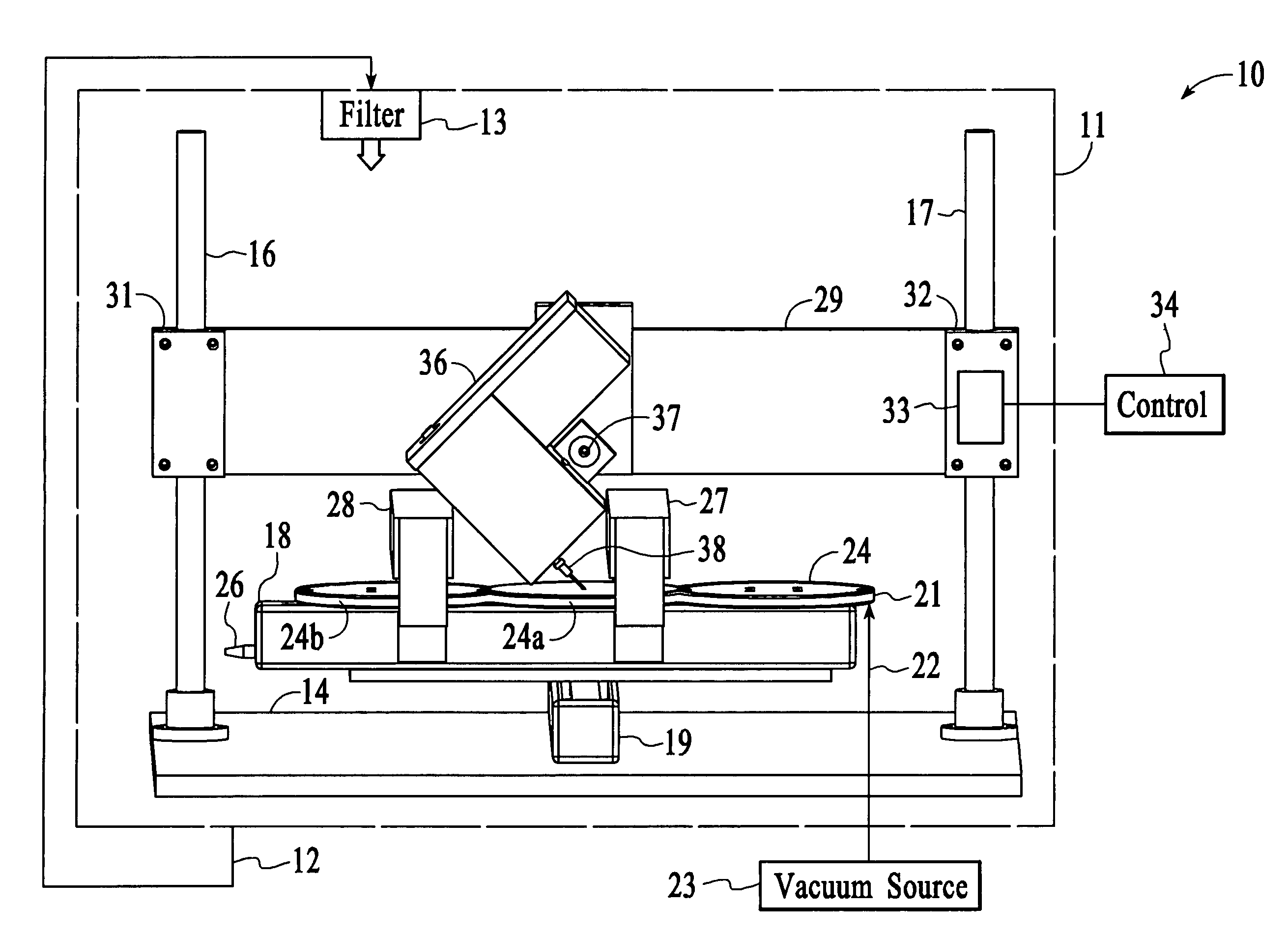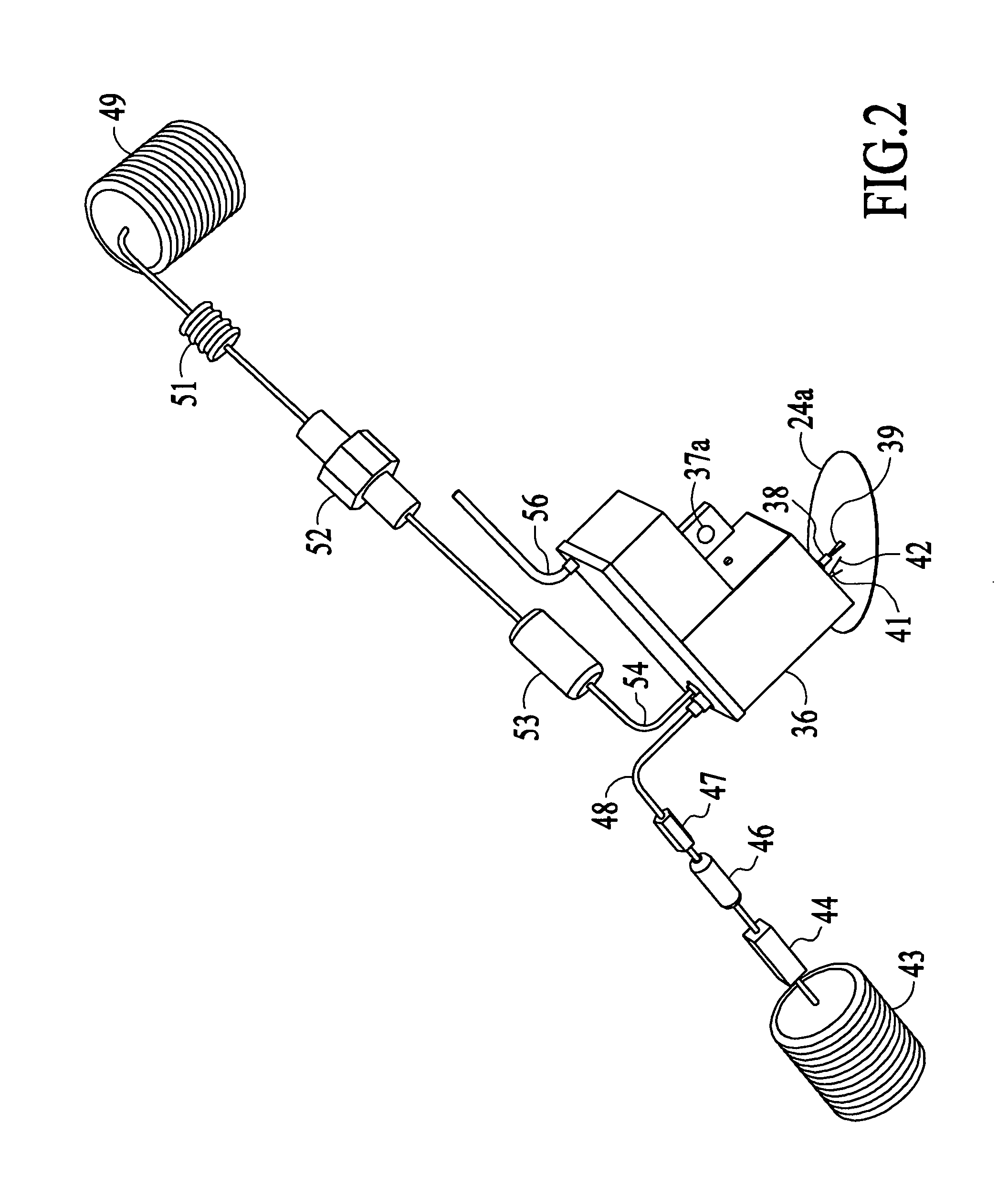Methods for resist stripping and other processes for cleaning surfaces substantially free of contaminants
a technology of resist stripping and other processes, applied in the direction of cleaning using liquids, manufacturing tools, chemistry apparatus and processes, etc., can solve the problems of high cost per wafer for the cleaning process, high capital cost, and general unsuitability of wet chemistries, so as to prevent the loss of vacuum and high vacuum level
- Summary
- Abstract
- Description
- Claims
- Application Information
AI Technical Summary
Benefits of technology
Problems solved by technology
Method used
Image
Examples
Embodiment Construction
[0041]The present invention will be described in greater detail with reference to certain preferred embodiments and certain other embodiments, which may serve to further the understanding of preferred embodiments of the present invention. As described elsewhere herein, various refinements and substitutions of the various embodiments are possible based on the principles and teachings herein.
[0042]The present invention generally is related to the following U.S. patents / applications that are assigned to the assignee of the present invention: METHODS FOR CLEANING SURFACES SUBSTANTIALLY FREE OF CONTAMINANTS, application Ser. No. 09 / 636,265, file on Aug. 10, 2000, now U.S. Pat. No. 6,530,823; APPARATUS FOR CLEANING SURFACES SUBSTANTIALLY FREE OF CONTAMINANTS, application Ser. No. 09 / 637,333, also filed on Aug. 10, 2000, now U.S. Pat. No. 6,543,462; and METHODS FOR CLEANING SURFACES SUBSTANTIALLY FREE OF CONTAMINANTS UTILIZING FILTERED CARBON DIOXIDE, application Ser. No. 10 / 359,806, now U...
PUM
| Property | Measurement | Unit |
|---|---|---|
| frequencies | aaaaa | aaaaa |
| diameter | aaaaa | aaaaa |
| temperature | aaaaa | aaaaa |
Abstract
Description
Claims
Application Information
 Login to View More
Login to View More - R&D
- Intellectual Property
- Life Sciences
- Materials
- Tech Scout
- Unparalleled Data Quality
- Higher Quality Content
- 60% Fewer Hallucinations
Browse by: Latest US Patents, China's latest patents, Technical Efficacy Thesaurus, Application Domain, Technology Topic, Popular Technical Reports.
© 2025 PatSnap. All rights reserved.Legal|Privacy policy|Modern Slavery Act Transparency Statement|Sitemap|About US| Contact US: help@patsnap.com



